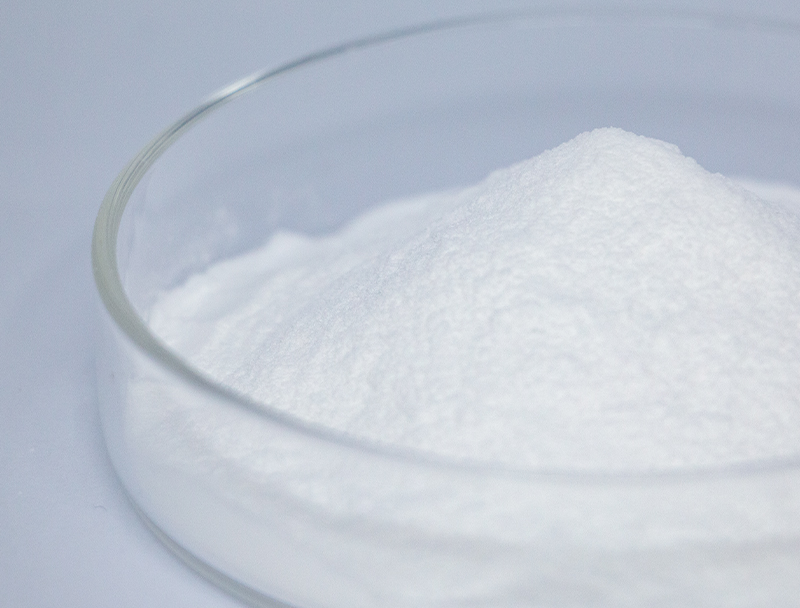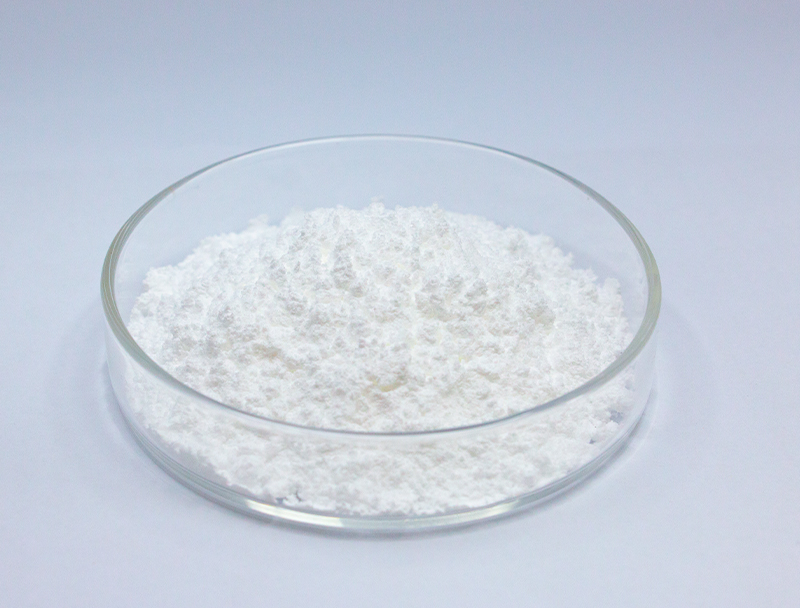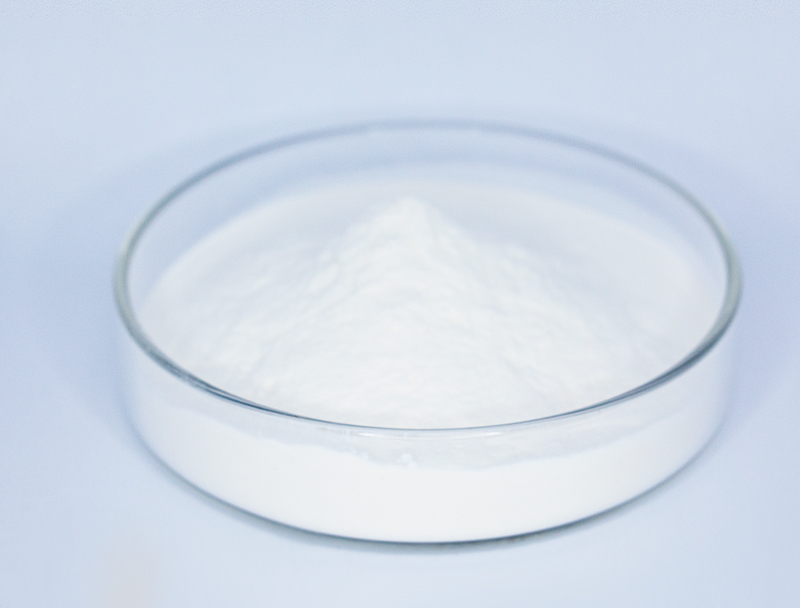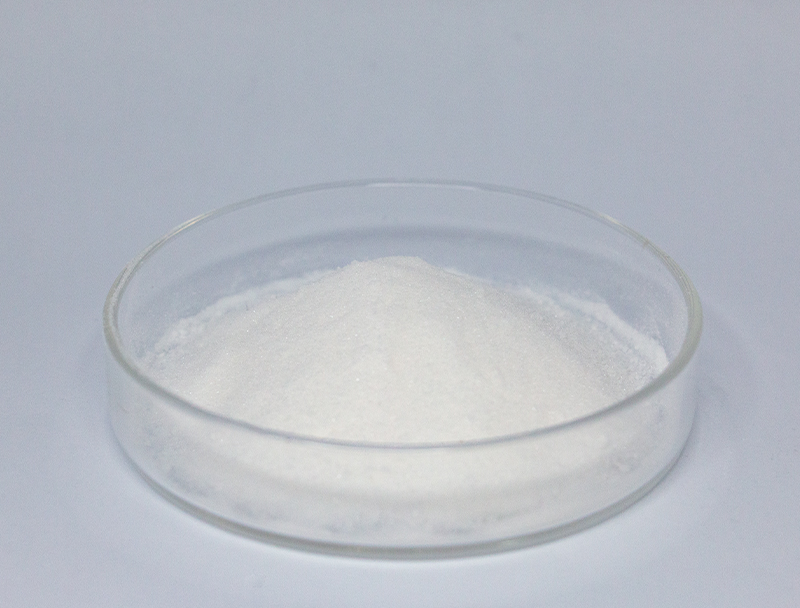low-moisture low-ash materials premium sialic acid

Bioprocessing depends strongly on a broad palette of primary inputs to produce innovative bio-based products.
Preserving ethical acquisition of feedstocks is indispensable to sustainable success and conscientious scaling.
a range of complications linked to historic procurement practices like ecosystem disruption and unsustainable harvesting. Accordingly, companies are required to implement regenerative sourcing methods to mitigate footprints.
- Models of sustainable material sourcing include:
- Adopting organic-origin materials from crop remnants
- Integrating recovery systems to shrink waste while improving throughput
- Partnering with local suppliers committed to ethical sourcing practices
Transitioning to green supply models secures ecological benefits and economic upside.
Tuning Feedstock Characteristics for Higher Biofuel Efficiency
Optimizing biofuel yields depends strongly on feedstock quality and makeup. Scientists are constantly exploring novel strategies to optimize these feedstocks, achieving increased output and long-term energy sustainability. Approaches include genomic enhancements to boost biomass growth and processing methods to convert complex lignocellulose into fermentable sugars.
- Likewise, initiatives explore candidates such as algal biomass, process wastes, and agricultural leftovers to extend sustainable feedstock availability for fuels.
- Through these continuous efforts, the field of biofuel production is poised to make significant progress in the coming years, paving the way for a more renewable energy landscape.

Biopharmaceutical Manufacturing: Advancements in Upstream Processing
involves foundational activities from cultivation to biomass harvest Current advancements have streamlined operations and improved bioproduct yields.
Crucial progress includes proprietary cell systems, optimized growth media, and adaptive bioreactor architectures. These innovations not only enhance productivity but also minimize production costs and environmental impact.
- In addition, momentum toward nonstop processing offers improved flexibility and optimized operational flow.
- This move toward intelligent production systems is expected to reshape the industry and hasten drug development.

Innovations in Gene Editing for Improved Biopharmaceutical Yield
innovations in genome-editing toolsets have enhanced biopharmaceutical manufacturing. Through controlled genetic modifications, practitioners increase therapeutic protein production. This approach holds immense potential for developing more efficient and affordable biopharmaceuticals to address a wide range of diseases.
Applying Microbial Tools to Improve Environmental Remediation
promising microbial strategies enabling effective environmental cleanup and restoration. Selected microbial cultures can remediate contaminants through biodegradation pathways.. Tapping into these capabilities enables green remediation tactics to restore ecosystems affected by industrial contamination.. Analysts explore microbial consortia for targeted removal of metal toxins, pesticide residues, and petroleum contaminants.. Such organisms are usable in treatment systems or applied directly to soils and waters to drive biodegradation of contaminants..
Biological remediation using microbes yields meaningful benefits compared to conventional strategies. It is a cost-effective and environmentally friendly approach that minimizes the generation of harmful byproducts. Additionally, microbial tactics can target contaminants selectively while preserving surrounding ecological systems. The field of microbial biotechnology continues to advance rapidly, with ongoing research focused on improving the efficiency and effectiveness of bioremediation strategies.
The Role of Bioinformatics in Drug Discovery and Development
Informatics platforms are essential to current drug discovery and development pipelines. By leveraging complex datasets, bioinformatics expedites discovery and optimizes candidate safety and potency.
- By analyzing vast datasets of genomic, proteomic, and clinical data, bioinformaticians can uncover novel drug targets and predict the activity of potential therapeutics.
- Additionally, simulation tools enable prediction of binding and activity, guiding creation of more potent drugs.
- Ultimately, informatics is transforming R&D and shortening timelines to deliver safe, efficacious therapies to patients.
Fine-Tuning Metabolism to Maximize Bioproduct Synthesis
integrates multiple methods to augment cellular production of target bioproducts. Programs use genetic redesign of metabolic networks, dynamic regulation of expression, and addition of heterologous genes to unlock new capabilities. Via targeted metabolic optimization researchers can meaningfully escalate production of desired biochemicals.
This combined approach has capacity to change industries from drug manufacture to food production and bioenergy.

Scale-Up Challenges and Prospects for Biopharmaceuticals
Upscaling therapeutic manufacturing brings major obstacles along with promising prospects. Sustaining uniform quality across expanded production capacity is a principal challenge. Addressing it demands strong process governance, accurate real-time analytics, and advanced measurement systems.

The multi-faceted nature of production steps adds complexity to scaling efforts. Reengineering workflows for Calcium alpha-ketoglutarate mass production involves rigorous R&D and inventive technology deployment.. Even so, the payoff can be large. Skilled scaling can enlarge supply, lower prices, and increase profit potential.
Various efforts target the core issues of industrialization. These include the development of new technologies for process optimization, advanced analytics for real-time monitoring and control, and innovative manufacturing strategies.
- Technology development efforts underpin advances in production capability.
- Government agencies are streamlining review procedures to permit quicker uptake of new production technologies and foster innovation.
Understanding Regulatory Oversight to Ensure Biopharmaceutical Quality
Manufacturing biopharmaceuticals entails detailed regulatory processes to copyright safety and clinical performance. Biologically based treatments require tailored oversight and production controls beyond those for typical medicines.
Agencies such as the FDA in the United States and the EMA in Europe play a crucial role in establishing guidelines and standards for the approval of these innovative therapies..
Thorough testing frameworks are compulsory during all stages of development including after market release.. These steps are designed to surface risks and verify that biopharmaceuticals comply with elevated safety thresholds..
Additionally, regulators regularly update methods to match the pace of fast-moving biopharma innovations.. Policies involve deploying novel tech and expediting development while preserving commitment to patient safety.

Evaluating Plant Biomass for Bioplastic Production
The rising demand for eco-friendly materials fuels R&D on bio-based alternatives. Among these, bioplastics, produced from plant-derived biomass feedstocks, offer a promising avenue towards a greener future. Materials such as starch from corn, cellulose pulp, and sugarcane biomass are convertible into biodegradable polymers that lower plastic waste concerns.
In addition, certain bioplastics match performance of petroplastics, enabling broad applicability in multiple sectors.. Ongoing studies and technology development are vital to exploit plant feedstocks for bioplastics and foster a circular economy.
Biotechnology's Impact on Global Health and Food Security
Biotechnology equips researchers with methods to tackle health crises and bolster food availability. Through advancements in genetic engineering, synthetic biology, and cell therapies, biotechnologists are developing innovative solutions to combat infectious diseases, improve crop yields, and enhance nutritional value.. To illustrate, modified plants designed for pest resilience and environmental tolerance can raise outputs and reduce pesticide application.. Concurrently, biotechnology drives development of immunotherapies, antibiotics, and diagnostics that play a key role in controlling diseases and improving health metrics. With persistent development, biotech stands to offer transformative solutions for global health and long-term food security.
